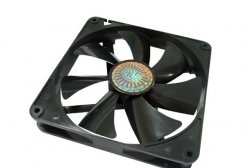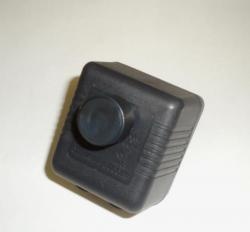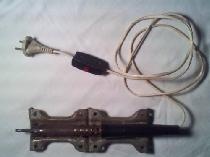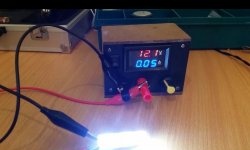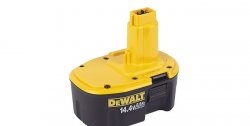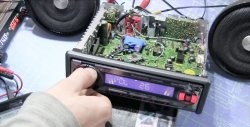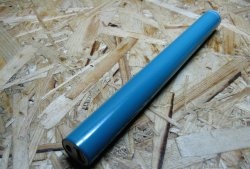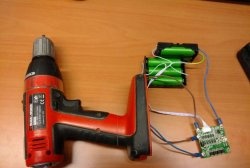Hi all! Today I received another parcel from China, in which There was this universal temperature controller that I had previously ordered. I especially liked this model, as it has obvious advantages over other Chinese models that are necessary for me as a tinkerer.
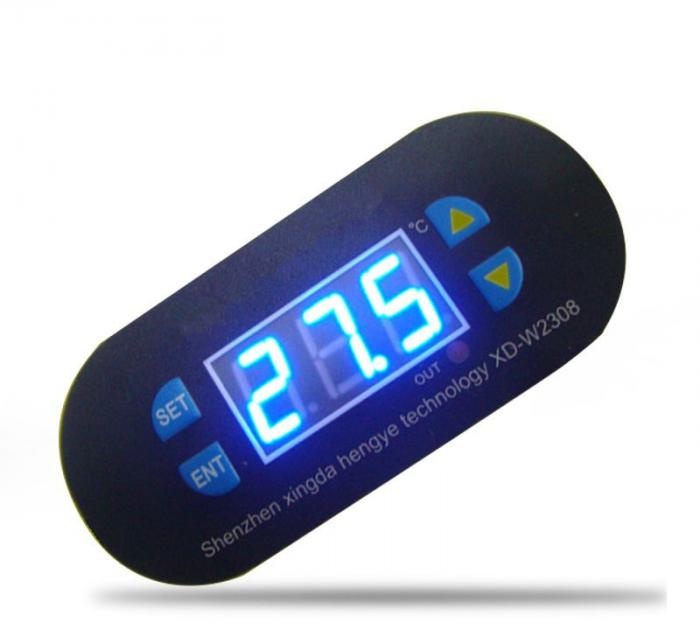
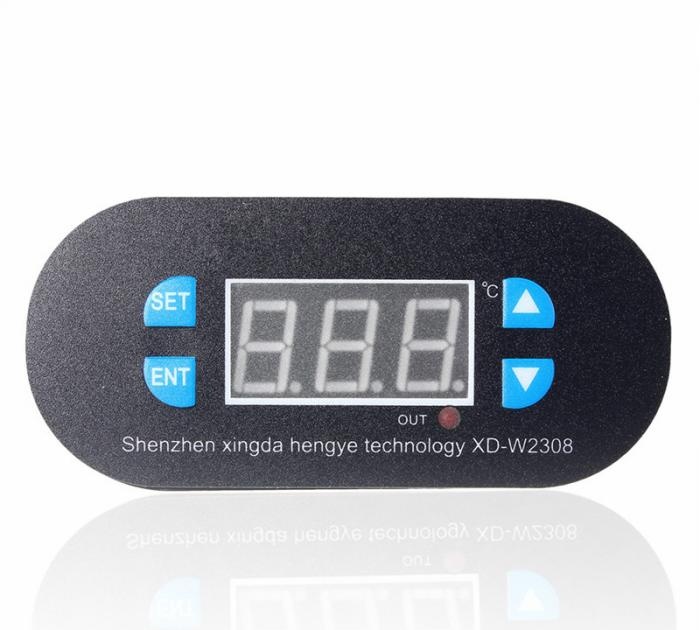

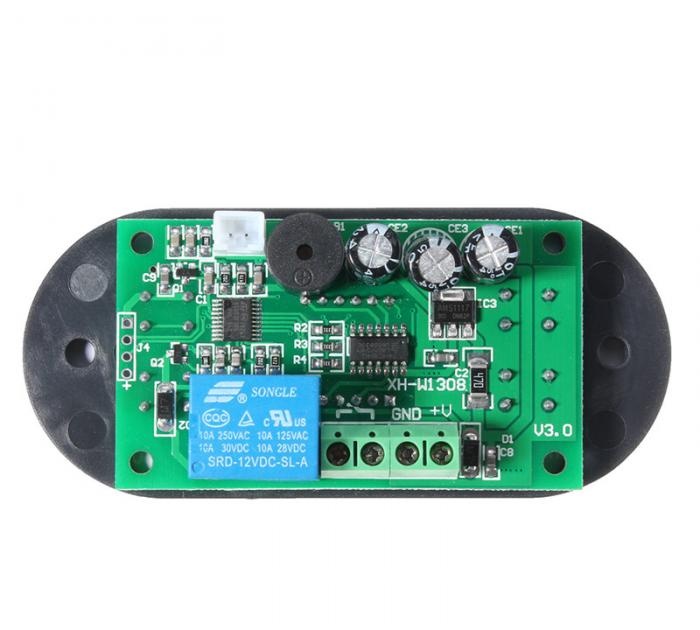
Well, actually, let's move on to the advantages:
- first, this is a larger and brighter character display, the numbers of which quite clearly visible even from a great distance.
- second, this is the minimum size. Regulators in their housing often cannot be built into compact devices due to their size.
- third, unlike a simple board, this model has its own falsehood panel and all I have to do is cut out a window in the installation object and that’s it. Further Everything is screwed together and a false panel is glued on top. Looks very nice and aesthetically pleasing.
- quadruple, this is the presence of a zoom that gives a sound signal when exceeded a given level or a preliminary level set in the settings.
All these advantages made me choose this regulator. Oh yes, I almost forgot: this model has more flexible adjustment ranges, which may be needed by picky or demanding users.
Well, let's move on to the characteristics of this device:
The supply voltage is 12 volts. And here again this model has a plus – the board can be powered with both direct and alternating current. At the entrance there is diode and smoothing capacitors, then comes the stabilizer.
The universal digital regulator maintains the set temperature at range from - 55 to + 120 °C, with an accuracy of 0.1 degrees Celsius. Naturally everything limits are set.
The output of the regulator is relay contacts with a load capacity of 10 amperes and switching voltage up to 250 volts. The relay contacts are isolated from main circuit i.e. The regulator is galvanically isolated by circuit voltage power and control circuits.
The regulator has a measurement error of just ±0. 5 °C, what about Head grab for bit temperature control.

The temperature sensor is sealed and Can work in wet environments or even water if you're going to use a regulator, say, to measure water temperature and heat an aquarium.
So we quietly got to the use of a digital controller. The device can be used for: terrarium, incubator, aquarium, freezer, refrigerator, various industrial coolers, ovens and boilers, thermostats. There is simply a huge field of possibilities where it can be used this regulator.
Personally, I used this regulator to control my kitchen hood. The sensor was fixed in the retracting zone above the stove, and the response was set to excess of 28 degrees, hysteresis, or on-off difference set it to 2 degrees.Now when you turn on the gas burners the heat rises up and the hood turns on. The hood turns off when the temperature drops to 26 degrees. Just like that! Everything is simple, but how convenient))) Now I started using one thing pleasure.
If desired, of course, the regulator can be installed in the housing, of course - This is all for everyone.
Now it's time to look at the switching circuits. According to the guide, which included in the kit, there are two of them:
The first diagram shows the connection to a low-voltage circuit and the control of 12 volt load.
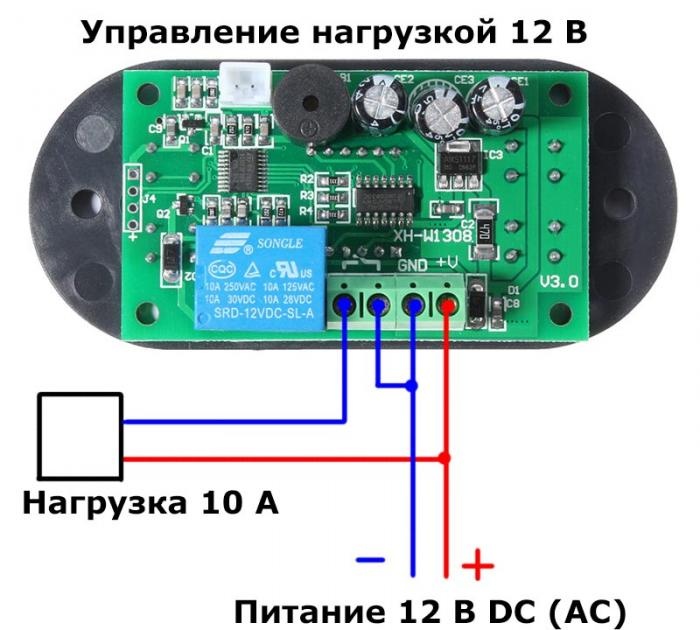
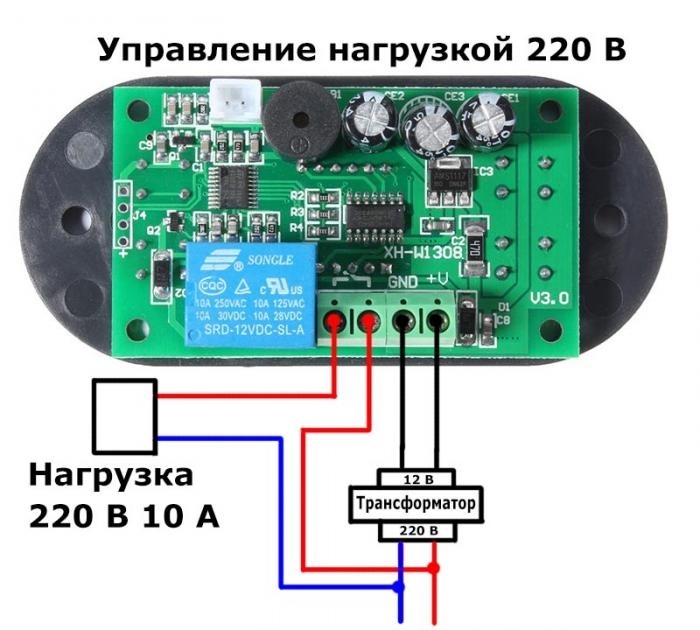
Which circuit to choose is up to you: If your load is low voltage, then for example, controlling computer coolers, then the first, and if high-voltage, say, a heater, then the second.
Personally, I will choose the second one to show the regulator in operation.
Well, I put together a diagram.
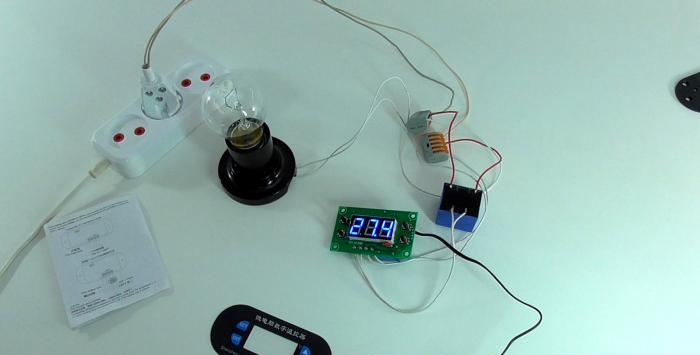
I turn it on. Initially, the regulator is turned on and displays the sensor temperature. If, when turned on, the display shows the message “LLL”, this is means that the sensor is not connected or is faulty. If you need turn off the regulator, then press “ENT” and hold 2-5 seconds before the controller turns off. You can turn on the device briefly by pressing "SET".
As you have already noticed, all presses are accompanied by short-term sound sounds. signals, which is very convenient.
To set the temperature that will need to be maintained, briefly press the "SET" key. Use the up and down arrow buttons to set the desired temperature, then briefly press “SET” or “ENT”, to return to its original state. That’s it – the temperature is set and the regulator will support her.I set the temperature to 27 degrees, now I'll heat it up sensor with your hand and the light should light up, indicating that the device is turned on. Let's check.
The light came on! For now, I'll turn out the light bulb so it doesn't blind me. Regulator works.
Let's look at the settings:
To enter the parameter settings menu, you need to press and hold the “SET” button near 5 seconds until “P0” appears. P0 is one of the menu items. Now Using the “+” or “-” buttons you can select any menu item from P0 – P8. Meaning menu items are shown in the table below. Having selected an item, enter it with the key "SET". Using the “+” or “-” buttons you can set the values you need.
|
Menu item |
Description |
Range values |
Factory settings |
|
P0 |
Mode thermostat operation: “C” or “H” (the relay is activated when exceeded, or turns off when the set temperature is exceeded). |
"C" or "H" |
WITH |
|
P1 |
Settings hysteresis. |
0,1 - 30 ℃ |
2.0 |
|
P2 |
Upper adjustable temperature limit. |
+120 ℃ |
+120 ℃ |
|
P3 |
Lower adjustable temperature limit. |
- 50 ℃ |
- 50 ℃ |
|
P4 |
Adjustment temperature. |
-10 ~ +10 ℃ |
0 |
|
P5 |
Temporary delay when turning on the relay. |
0 - 10 min |
0 |
|
P6 |
Upper alarm limit. |
- 50 ℃ ~ +120 ℃ |
OFF |
|
P7 |
Lock settings. |
ON-OFF |
OFF |
|
P8 |
Reset to factory settings. |
ON-OFF |
OFF |
Now let's go through the points:
P0 – thermostat operating mode. If you set “C”, then the regulator will close the relay contacts when the temperature exceeds the set one level, like now with a light bulb. These are terrariums, aquariums and others where it is necessary to warm up the objects under control. If you set “H”, then the relay contacts will open when the temperature exceeds the set level. It's necessary for refrigeration units primarily.
P1 – hysteresis setting, as I already said: this temperature difference between switching on and switching off. The default hysteresis is 2 degrees, that is, if the maintenance temperature is 30 degrees, then the regulator will turn on at 30 degrees and turn off at 28 degrees. Minimum value hysteresis – 0.1 degrees Celsius. The lower this value, the more often the thermostat turns on and off.
P2, P3 - well, it will help here example: you need to control, say, a heating element of a hot water boiler. Naturally the upper aisle cannot be set above 100 degrees - otherwise the boiler will not turn off as the water temperature cannot exceed 100 degrees. And you you need to limit the range of temperature selection from approximately 10 to 90 degrees. Here This is where points P2 and P3 are needed, which set the upper and lower limits of adjustment range.
P4 – Of course the Chinese calibrate theirs quite accurately sensors and instruments, but if you have any suspicions that the regulator is not quite accurately shows the actual temperature, you can enter correction values on which differ in readings from the reference thermometer, thereby calibrating his.
P5 - It's simple: it's a time delay before inclusion. If the trigger value reaches the threshold, a timer starts, according to after which the load will turn on. The time delay may be set from 0 to 10 minutes.
P6 – Alarm threshold. Temperature, after which a beep will begin to sound.
P7 – Settings lock: if its value is set to ON, then you will not be able to make any adjustments in the regulator change until you set OFF to “P7”.
P8 – Reset settings to factory settings. Factory settings are shown in the table in last column. This is sometimes necessary when you have reset all settings and need restore initial values.
After selecting and entering all the settings, press the button to apply the parameters “SET” to exit and save to the selection menu P0-P8, or the “ENT” button to exit and save the temperature display to the main state.
In addition to the indicator on the device panel there is Light-emitting diode, signaling closed relay contacts.
The regulator is stable and reliable in operation. All settings are saved in non-volatile memory and are not reset when the power is turned off.
The kit includes:
- Temperature regulator – 1 pc.
- Temperature sensor – 1 pc.
- Operating instructions – 1 pc.
- Screw – 6 pcs.
- Nut – 6 pcs.
- Plastic extension – 4 pcs.
- Panel – 1 pc.
- False panel with markings – 1 pc.
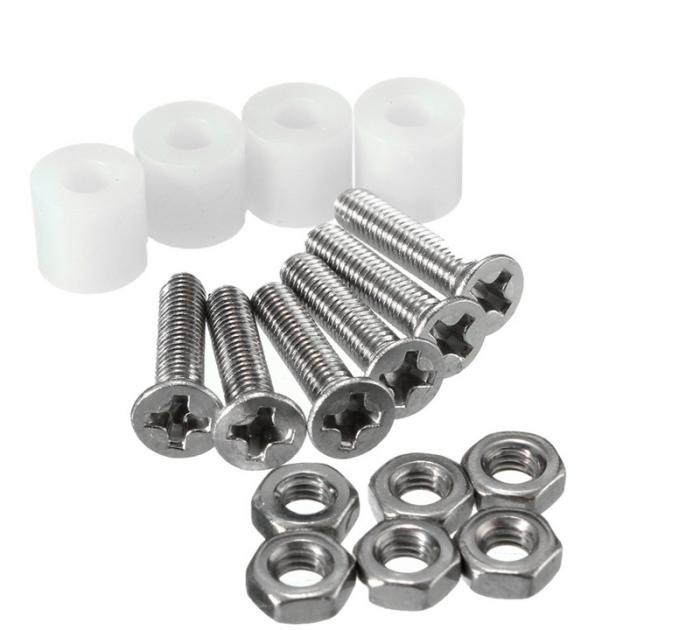


That's all! Feel free to order this regulator at the lowest price price - link in description. Why at the lowest? Yes because I spend considerable time in order to find the lowest priced option and only from verified users, having previously read all the reviews.
Well, I say goodbye to you. thanks for watching this video. I will be very grateful to you if you like this video. If you have questions, write, I will be happy to answer them. Subscribe to the channel. All the best to you! Goodbye!

